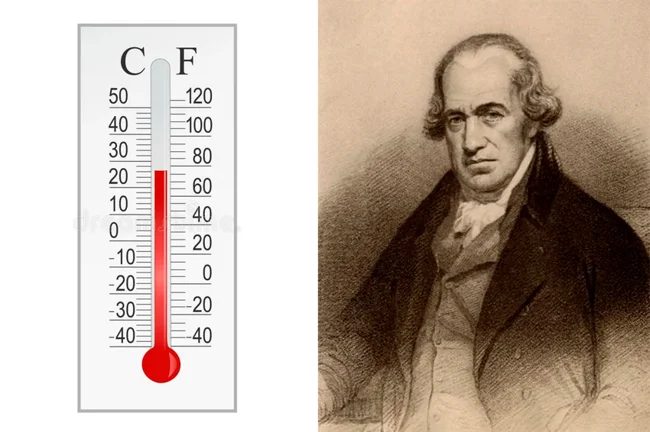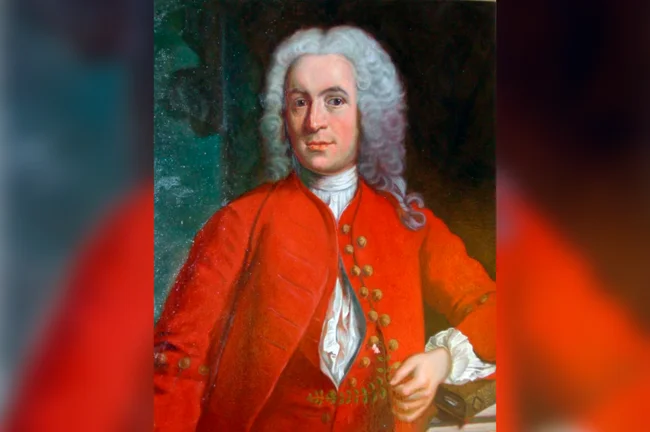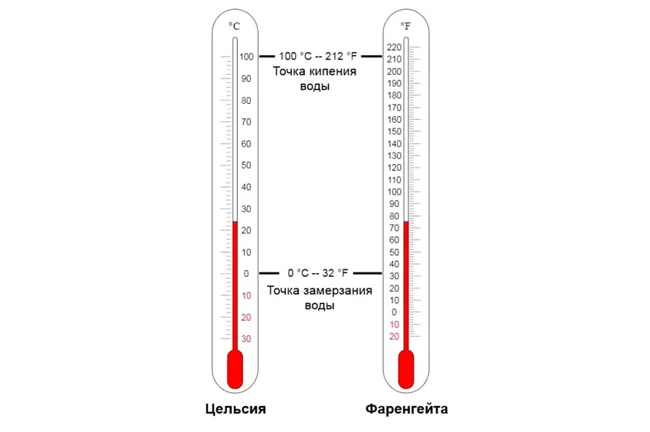Why is the US still on the Fahrenheit scale, but the rest of the world is on Celsius? (3 photos)
If you look at the weather forecast on American websites or television channels, the difference in scale is obvious. 
The United States continues to indicate water and air temperatures in Fahrenheit.
But the whole world has long abandoned this scale in favor of degrees Celsius. Almost all countries of the modern world have switched to this approach to temperature measurement, regardless of culture, language, etc.
An ignorant person from another country may get confused - the weather data does not at all coincide with the values he is accustomed to.
Why do the US continue to use the Fahrenheit scale?
Celsius VS Fahrenheit
Any scale is a convention. People come up with them solely for their own convenience of measurements. Therefore, theoretically, zero can be placed anywhere and the countdown can begin from there.
The scale of the scientist of German origin Gabriel Fahrenheit appeared earlier and was such a convention.
The researcher took a mixture of water, ice and ammonium chloride as a conditional zero. In Celsius it is minus 17.8.
The upper end of the Fahrenheit scale is assigned to the body temperature of a healthy person. Having rounded the values, he divided the scale by 180 and received one conventional degree. Fahrenheit's breakthrough was that it was the first to define a single scale for precise physical measurements. And initially it was she who spread throughout the world. 
Anders Celsius - Swedish astronomer, geologist and meteorologist, creator of a new temperature scale for his time, which later received his name
But later the Swede Anders Celsius created the now accepted alternative. The advantage of his scale is its connection to clear and understandable physical phenomena. Zero degrees - water freezes normally, 100 degrees - it evaporates.
When the Celsius scale appeared, the question arose in different countries: which option to follow?
Colonial legacy
It is clear why the Fahrenheit scale was initially adopted in the USA. It was generally accepted in all English-speaking countries.
Great Britain stuck to the Fahrenheit scale for a long time. As the mother country, it imposed this option on all its colonies for uniformity.
American territories were no exception, adopting the Fahrenheit scale. The tradition has been preserved in the USA.
But later, almost all countries in the world switched to degrees Celsius.
This scale is simpler, more physically understandable and has become part of the international standard measurement system.
Using another scale in the modern world is very inconvenient. They are difficult to compare.
One degree Fahrenheit is equal to nine-fifths Celsius plus 32 degrees.
You can’t correlate the scales in your mind. 
Comparison of Celsius and Fahrenheit scales
They coincide in only one value - at a temperature of minus 40. Therefore, the whole world has inclined to use the simpler Celsius scale.
But not the USA.
We just don't want to!
Paradoxically, in meteorological institutions in the United States, calculations are carried out in degrees Celsius.
But for the general public on television, radio and websites, forecasts are converted into Fahrenheit. American temperature measuring instruments are also produced based on the latter scale.
The fact is that numerous public surveys have shown that Americans simply do not want to switch to the Celsius scale. Changing devices, rebuilding thinking and traditions seems like extra effort to them. And they see no compelling reason to focus on the rest of the world.
In 1975, the United States even created a special Congressional commission, which was supposed to convince Americans to smoothly switch to the international SI system, including the Celsius scale, as well as kilometers and kilograms. But it faced such public resistance and union protests that President Reagan dissolved the commission 8 years later.
Therefore, the United States is the only major country that stubbornly continues to adhere to the Fahrenheit scale.
Besides them, only five small states use it - the Bahamas and Cayman Islands, Belize, Liberia and Palau.
